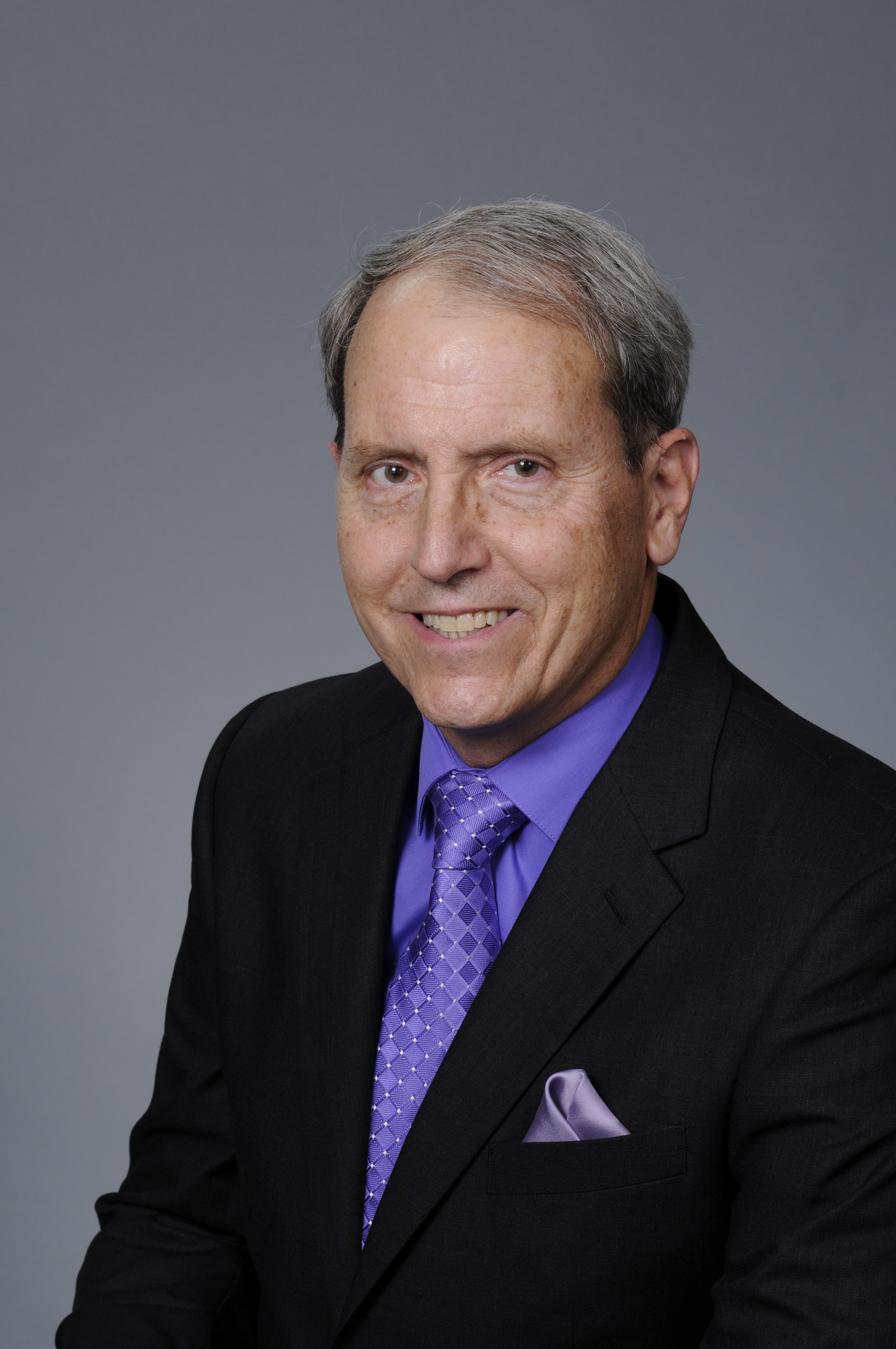Assessment of Clinical Outcomes
(TC32) Retrospective Analysis of Endodontic Regenerative Procedures

Dalia Nashed, D.M.D.
AEGD Resident
East Carolina University
Greenville, North Carolina, United States
Zachary Schnoor, D.D.S.
Clinical Assistant Professor
East Carolina University
Greenville, North Carolina, United States
Paul Lindauer, D.D.S., M.A.
Assistant Dean for Academic Success, Endodontics Division Director
East Carolina University
Greenville, North Carolina, United States
Presenter(s)
Co-Author(s)
Objective: To determine the number and survival rate of teeth treated with regenerative endodontic procedures in a dental school practice.
Methods: A retrospective analysis of extant data was performed on charts having a D3355 (pulpal regeneration-initial), D3356 (pulpal regeneration-interim), and D3357 (pulpal regeneration-completion) recorded between 2011 and June 2023. Inclusion criteria included the previous three CDT codes, a follow up exam or odontogram entry or subsequent extraction code for the treated tooth. While 20 cases were identified, only 14 cases were completed and analyzed.
Results: Four female and ten male patients between the ages of 08 and 35 years were included with a mean age of 13 years. All teeth were anteriors. Six teeth were not completed: one patient refused to continue, one had an MTA apexification procedure, two patients never returned and two had nonsurgical endo treatment. Two teeth were treated due to caries and 12 due to trauma. All cases used calcium hydroxide paste as the interim medicament and MTA as the final agent. All teeth that had completed treatment survived the study period. 12 of 14 patients returned for follow-up evaluation. Staining was noted in one tooth. No increased in root length was noted in any tooth, four teeth had increased root thickness, and one tooth responded to vitality tests. The average time to complete the treatment was 62 days.
Conclusion: All regenerative procedures were performed on anterior teeth, average patient age was 13 years, and all cohort teeth survived.

.png)
.png)
.png)
.png)